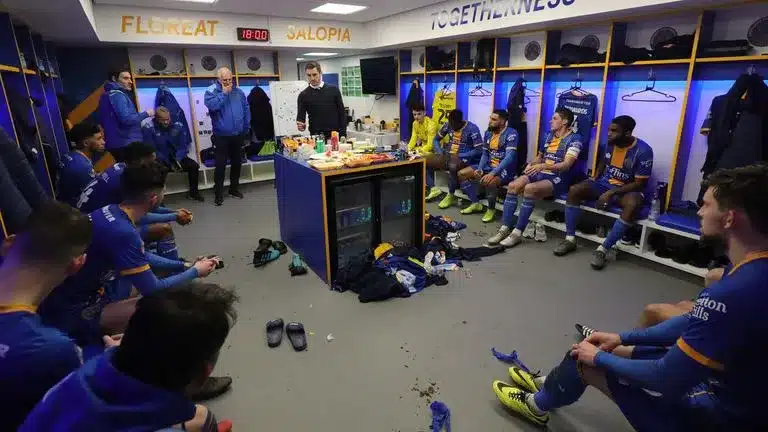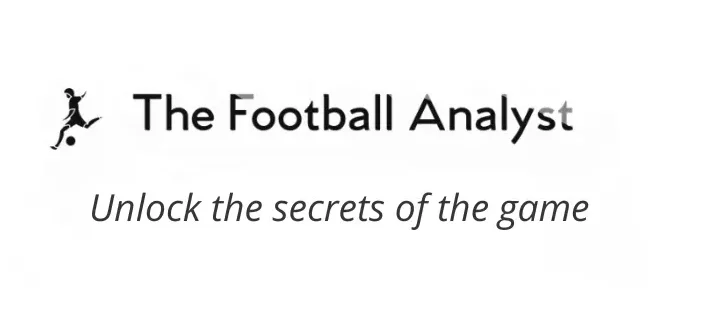Half-time. Fifteen minutes. It’s the only true pause in a 90-minute war of football, and for the head coach, it represents one of the most decisive moments of the match. Emotions are running high, players are catching their breath, and the clock is ticking. Amidst the chaos, the coach must think clearly, act decisively, and speak effectively.
The half-time talk isn’t just a motivational rally cry—it’s a carefully managed opportunity to reset, readjust, and reengage the squad both tactically and emotionally. Done well, it can change the outcome of the match. Done poorly, and the opportunity is lost.
This article offers a structured and practical perspective on how professional coaches can prepare for and deliver effective half-time talks under pressure.

1. Understanding the Half-Time Environment
At half-time, players are physically fatigued and mentally overloaded. They’ve just spent 45 minutes under stress, and their emotional states can vary widely—frustration, anger, fear, hope, and determination often coexist in the same room. Physiologically, they’re in a process of recovery. Some are getting medical treatment, others are rehydrating or changing gear. This context shapes everything: the coach must deliver clear, concise, and motivational instructions within a short window.
2. The Role of the Head Coach: Calm in the Chaos
The head coach sets the tone. No matter the scoreline, they must remain composed, observant, and focused. Half-time is not the moment for emotional outbursts or frantic tactical lectures. Players don’t respond to panic—they respond to clarity, belief, and purpose.
The coach’s responsibilities during half-time include:
- Synthesizing key tactical observations into actionable corrections.
- Reinforcing positive moments to keep confidence intact.
- Identifying critical threats or issues that must be adjusted immediately.
- Motivating players, individually and collectively, for the second half.
While assistants and analysts can provide input behind the scenes, the head coach must decide what is communicated, how, and to whom.
3. Structuring the Talk: A Simple, Effective Framework
A productive half-time talk can often be broken into three phases:
A. Assess What Has Happened
Start by acknowledging what the team has done well. Reinforce collective and individual successes that align with the game plan. This builds belief and sets a constructive tone.
Then, address what needs to change. Focus on one or two key tactical corrections, not ten. Use categories to structure your feedback:
- Game phases: Defending, Attacking, Transitions, Set Pieces
- Errors: Individual or collective mistakes that must not repeat
- Spaces: Areas where the opponent is hurting you or can be exploited
- Tempo and mentality: Is the team mentally sharp? Physically engaged?
If video clips are available, use 1–3 short and focused examples. Show a defensive lapse, a pressing trigger not activated, or a build-up pattern that worked. But always connect the video to a simple message: “This is what we need more of,” or “This is what we must stop.”
B. Decide and Deliver the Instructions for the Second Half
Tactics must follow clarity. Adjustments to pressing, shape, roles, or substitutions should be communicated briefly and precisely. Speak in solutions, not in problems.
Examples:
- “We press in a 4-4-2 now, keep the two forwards narrow.”
- “We drop 5 meters deeper out of possession—don’t get stretched.”
- “When we win the ball, switch early—their left side is wide open.”
If a player is being subbed on, talk to them individually, away from the group, to explain expectations and tactical duties.
C. Close with Emotion and Unity
Finish the talk with a short but powerful message that unites the team:
- “This game is ours—win the first 10 minutes.”
- “You’ve worked for this moment. Show everyone why you’re here.”
- “Stay together—play with fire, but play smart.”
Your final words should plant confidence and determination. This emotional reset is vital.
4. Individual Management: Silent Support and Private Talks
A smart coach doesn’t treat all players the same at half-time. Those who are struggling—physically or emotionally—often need private, low-key conversations, not public corrections. While they’re being treated or sitting quietly, it’s the perfect moment to walk over and connect:
“You’re better than that. Second half—reset, and give us what you’ve got.”
These private touches can calm nerves, rebuild confidence, and avoid triggering defensive reactions in front of the group.
5. Tactical Simplicity: Don’t Overload the Players
The players’ ability to process complex information is limited at half-time. Avoid “scrambling their heads” with long-winded tactical analysis or too many diagrams. Prioritize clarity. One or two major tactical points, supported by brief examples or video, are enough. Avoid theoretical or abstract concepts—everything must be practical, clear, and relevant to what they’re experiencing on the pitch.
6. Physical Considerations and Warm-Up Reminders
Half-time can break momentum, so ensure that players don’t cool down too much. Ask substitutes to stay warm and remind starters to stay physically and mentally engaged. A quick dynamic warm-up before returning to the pitch helps reset focus and prevent injury.
7. Posture and Presence: Leadership Without Drama
Raising your voice can work—but only if it’s rare, measured, and controlled. Rage and shouting rarely translate into better second-half performance. If you need to “punch the table,” know why, and who you’re trying to reach.
Above all, demonstrate belief in your team. Players are highly perceptive—if they sense doubt in your body language, they will feel it. If they sense resolve and confidence, they’ll respond in kind.
Final Thoughts: Why Half-Time Talks Matter
The game isn’t just about tactics or execution — it’s also about momentum, belief, and control. In that sense, the half-time interval becomes a critical moment where coaches have the opportunity to reclaim control. It’s a rare but powerful chance to pause the chaos, refocus the group, and guide them with clarity, calm, and conviction.
Therefore, a well-structured and emotionally intelligent half-time talk isn’t about delivering clever speeches or showing off with fancy diagrams. Instead, it’s about making the right decisions, communicating them clearly, and inspiring your players to carry them out with confidence and purpose.
In the end, the objective is straightforward: return to the pitch with 11 players who not only understand what’s required, but also believe in the plan and are fully committed to giving everything for the team.
